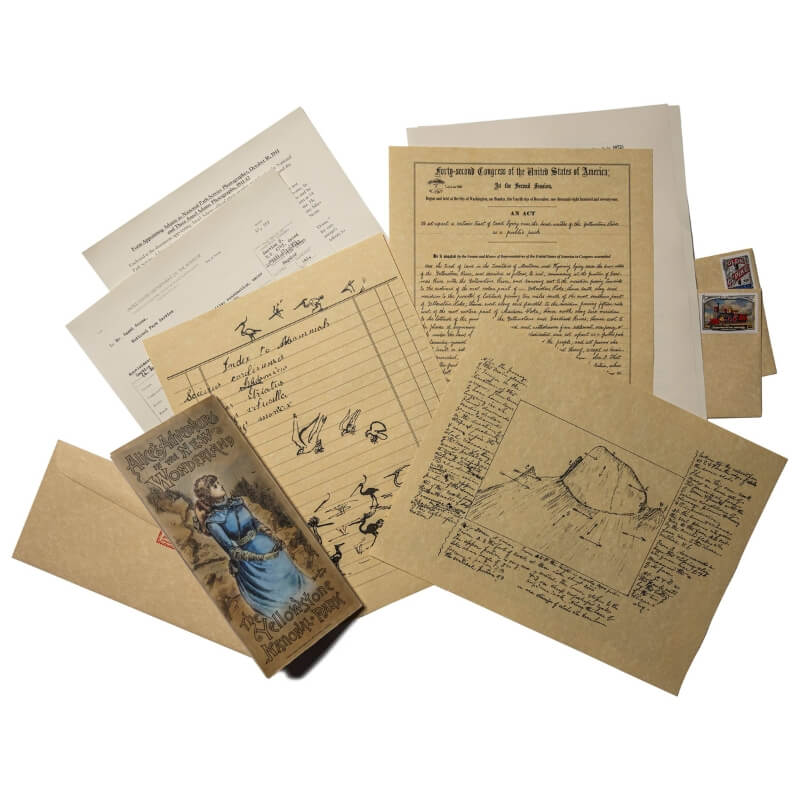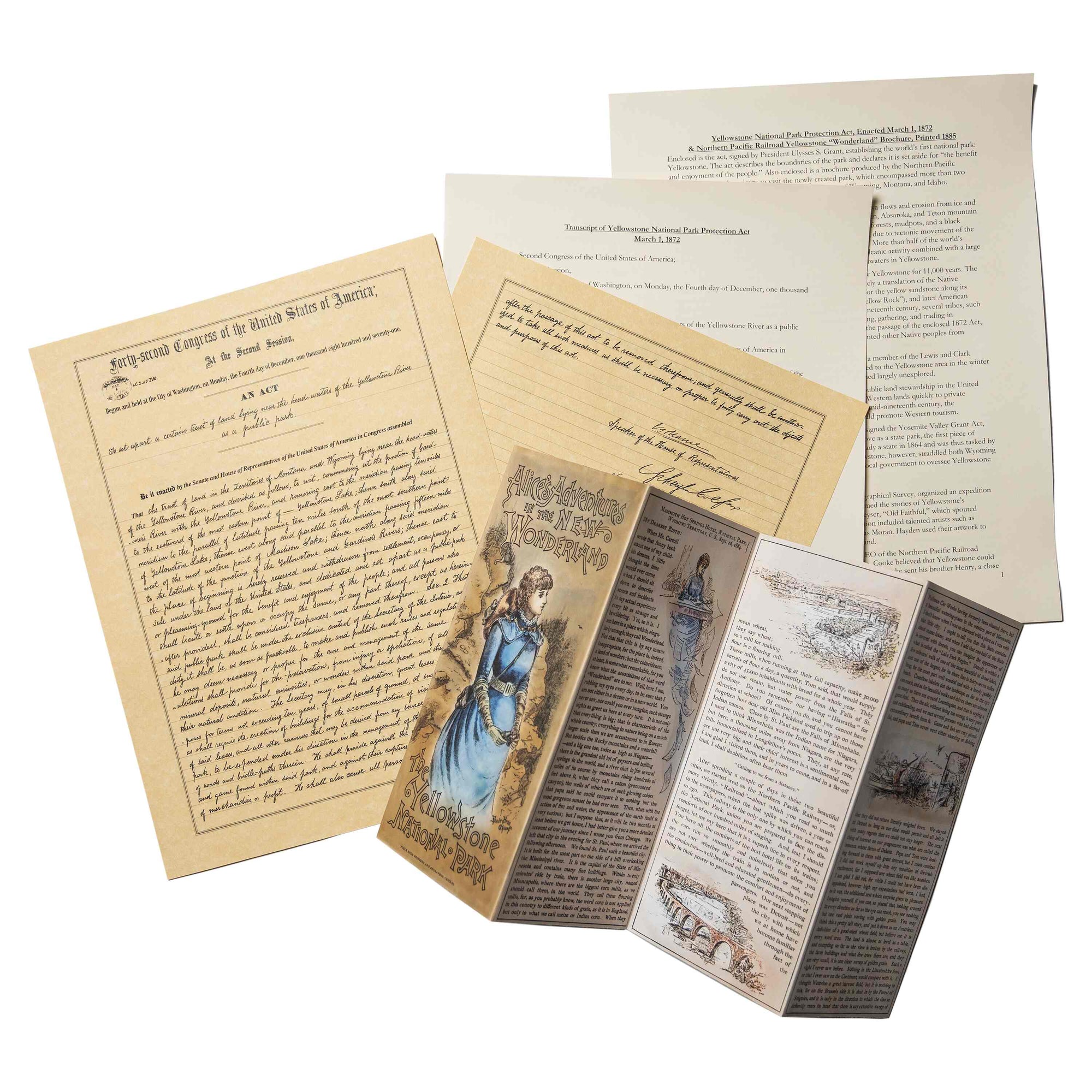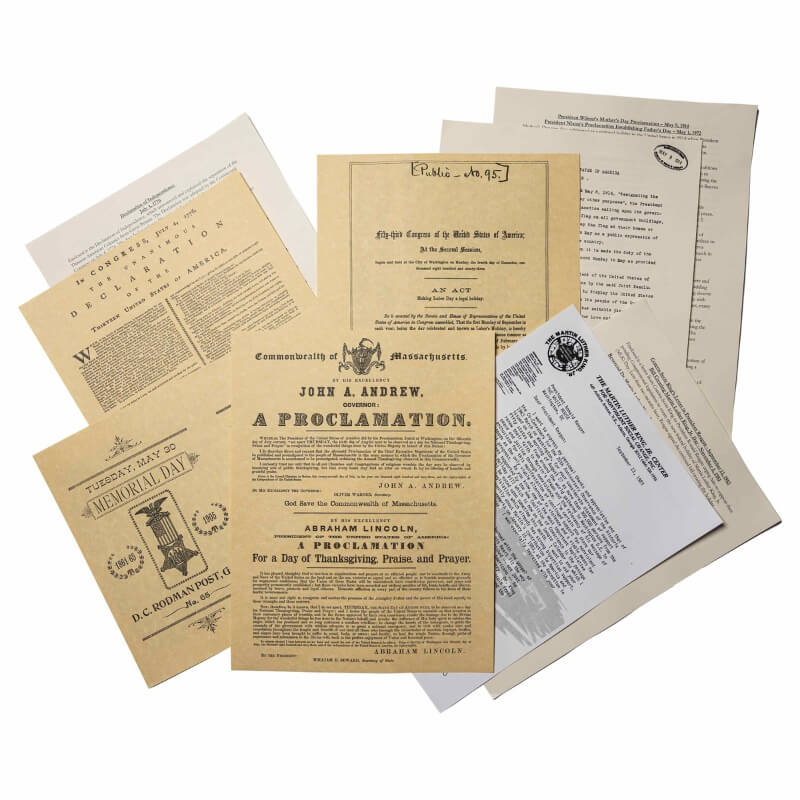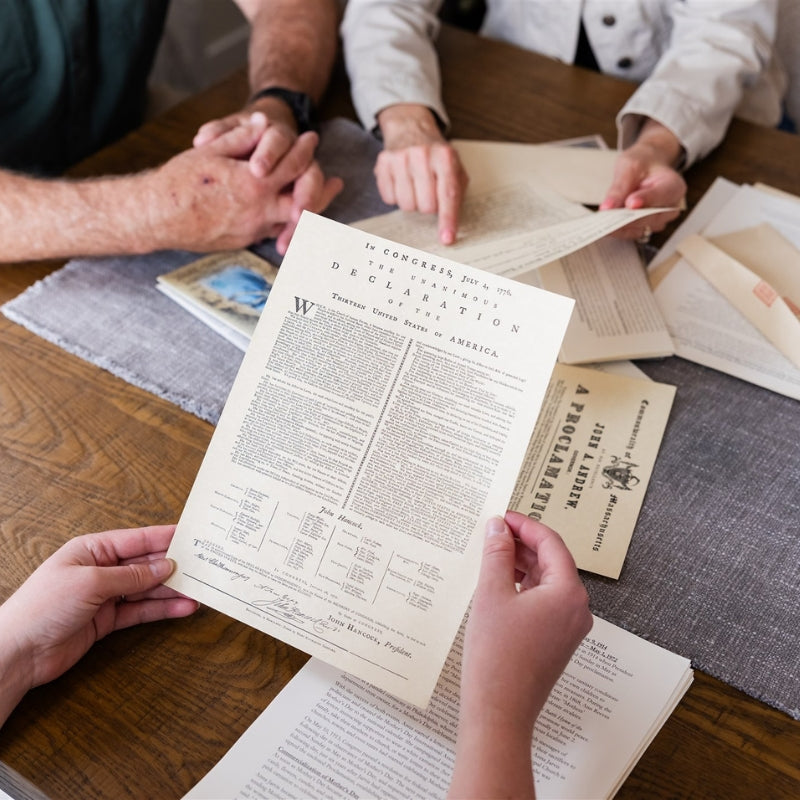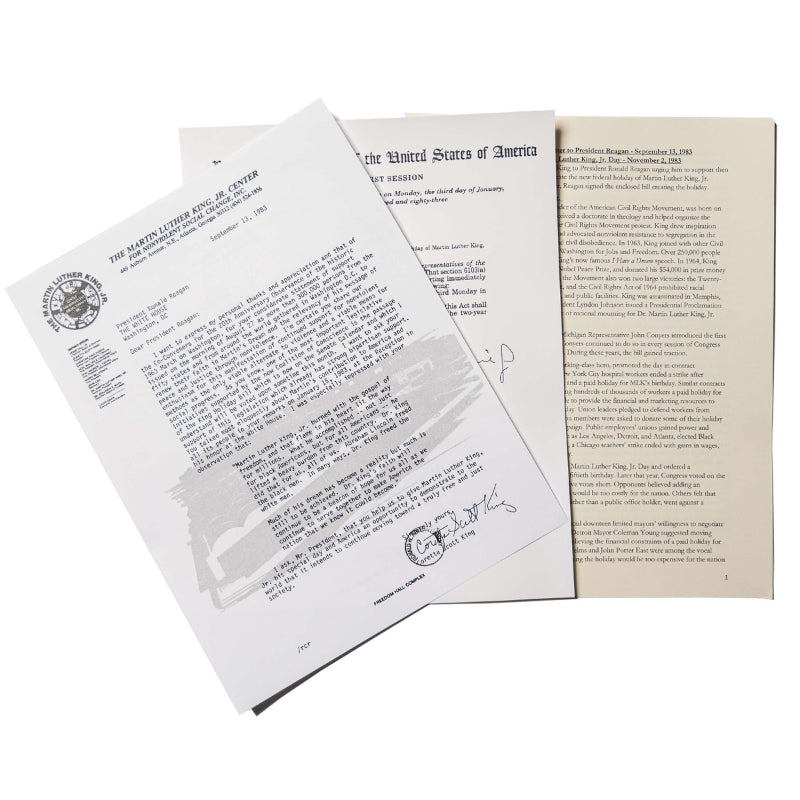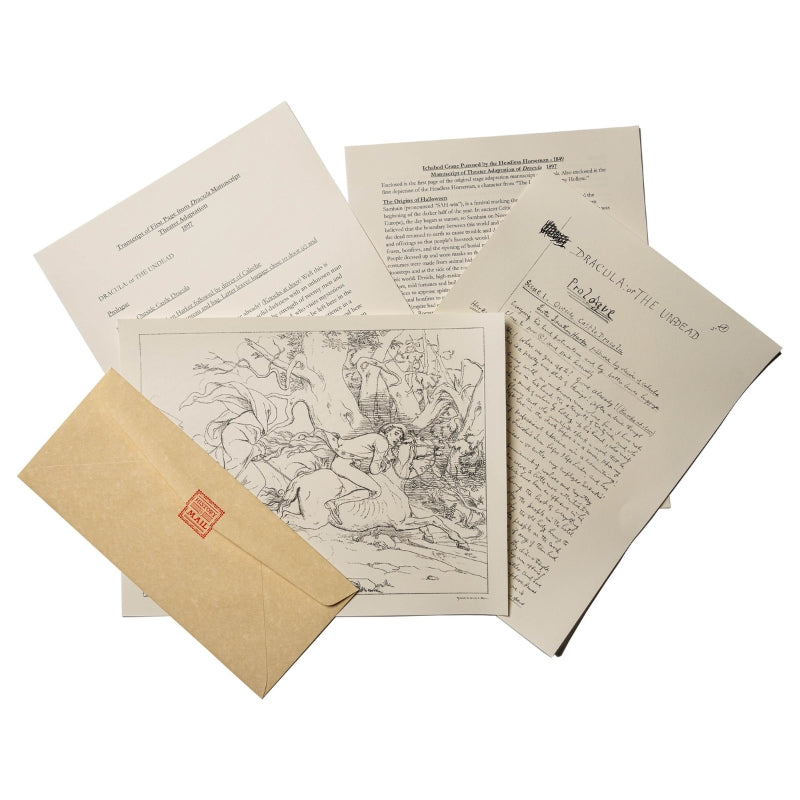In February 1972, President Richard Nixon and First Lady Pat Nixon made a historic seven-day official visit to China to improve the relations between the U.S. and China after decades of the Cold War and to gain more leverage over relations with the Soviet Union. The Nixons visited three Chinese cities. The trip marked the first time a U.S. president had visited the People's Republic of China, ended 25 years of no communication or diplomatic ties between China and the U.S., and was the pivotal step to normalizing relations between the two countries.
Below are some photographs from this historic trip.
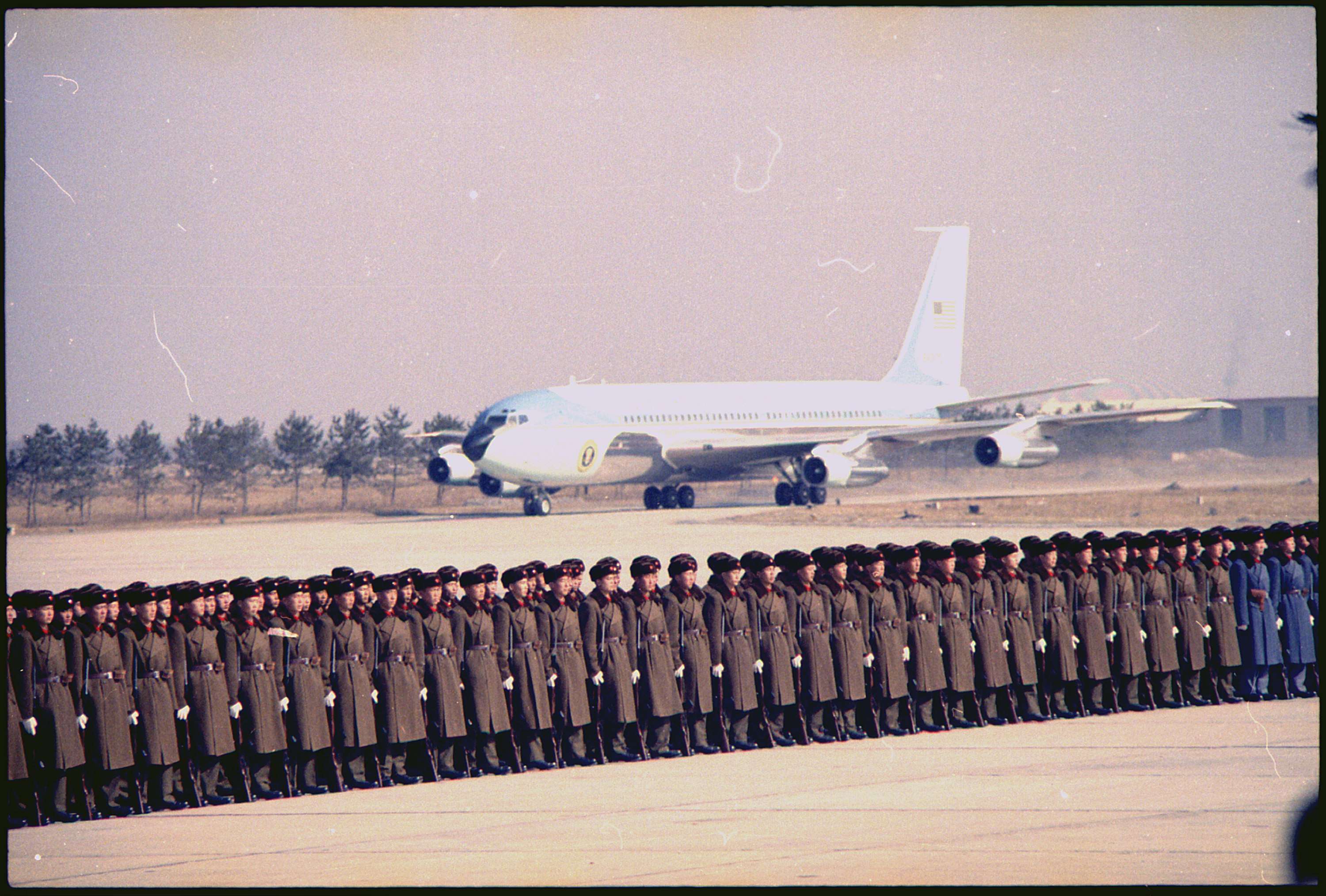
Arrival of Air Force One in Peking 2/21/1972
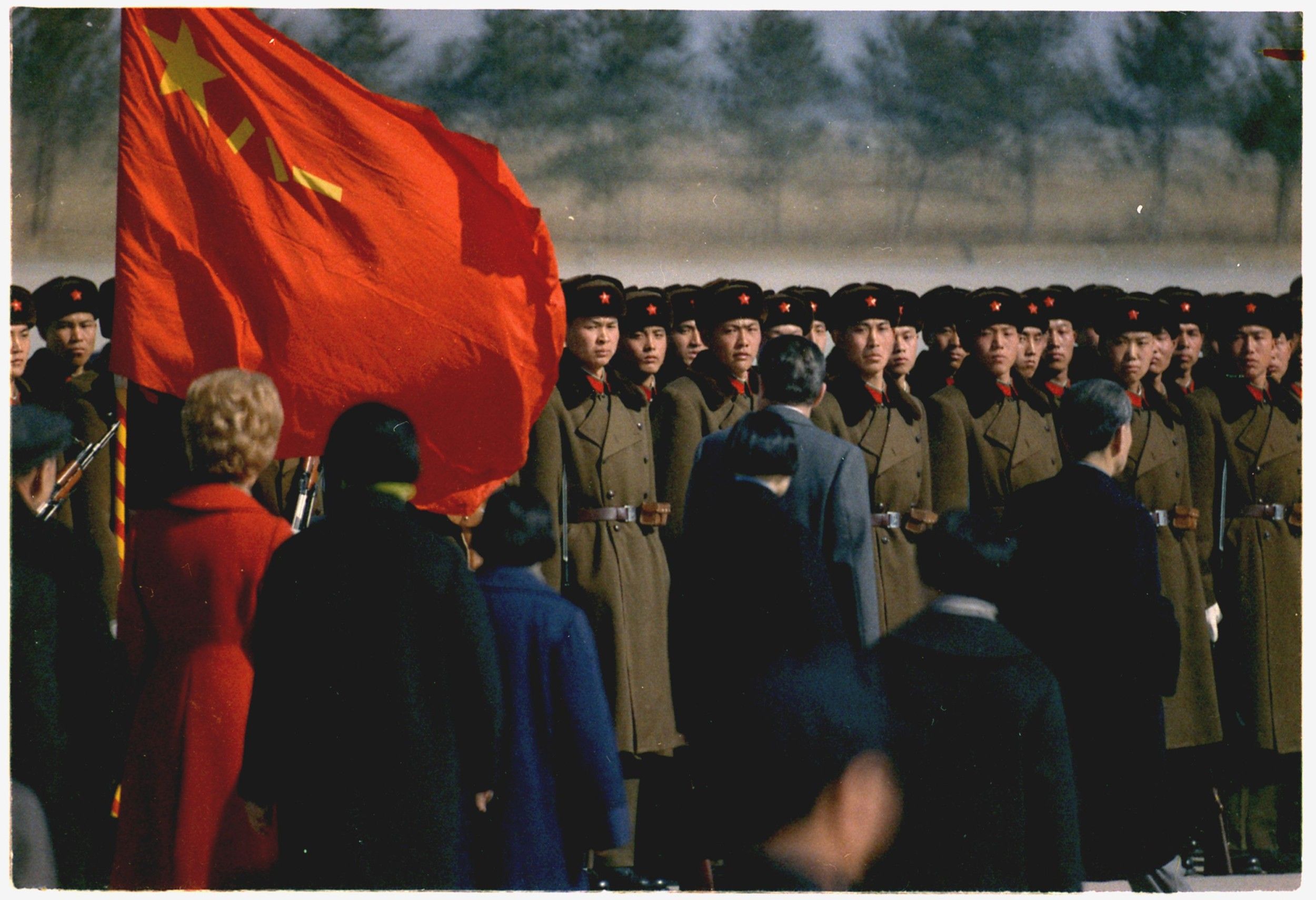
President and First Lady Nixon viewed a line of Chinese Troops at the Beijing airport upon arrive on 2/21/1972.
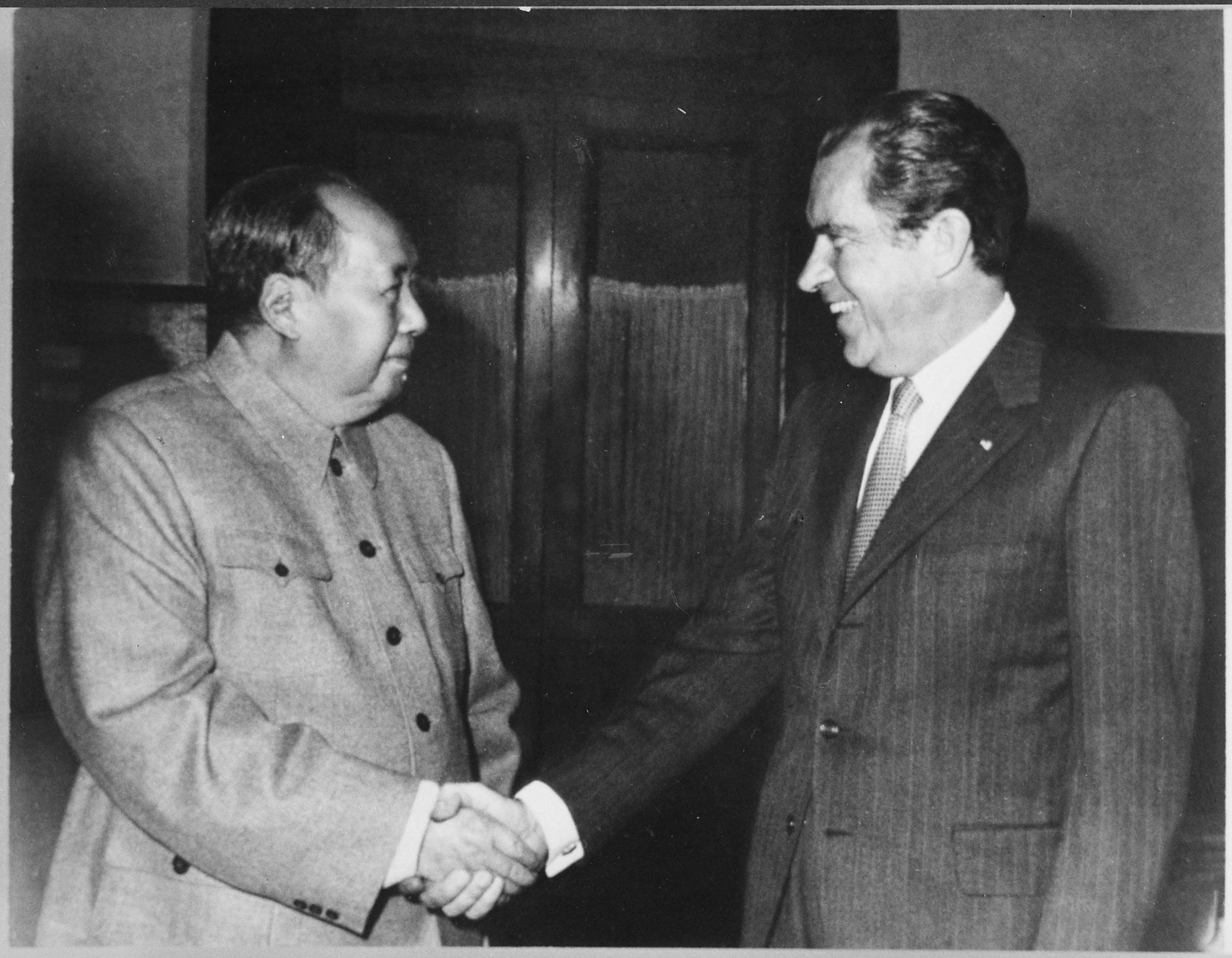
President Nixon meets with China's Communist Party Leader, Mao Tse- Tung (2/29/72)
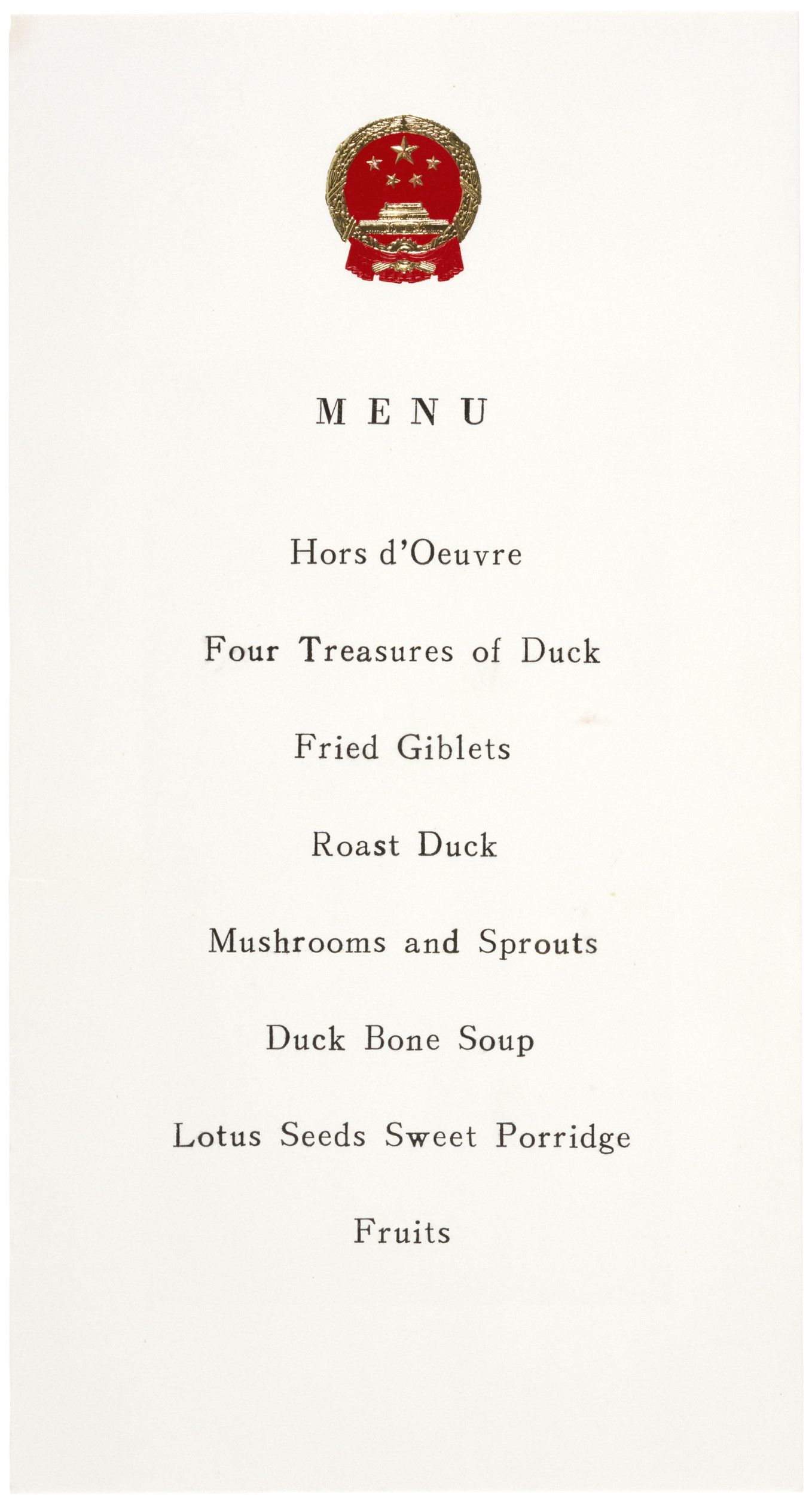
Menu printed for a formal dinner with Zhou Enlai, the first Premier of the People's Republic of China
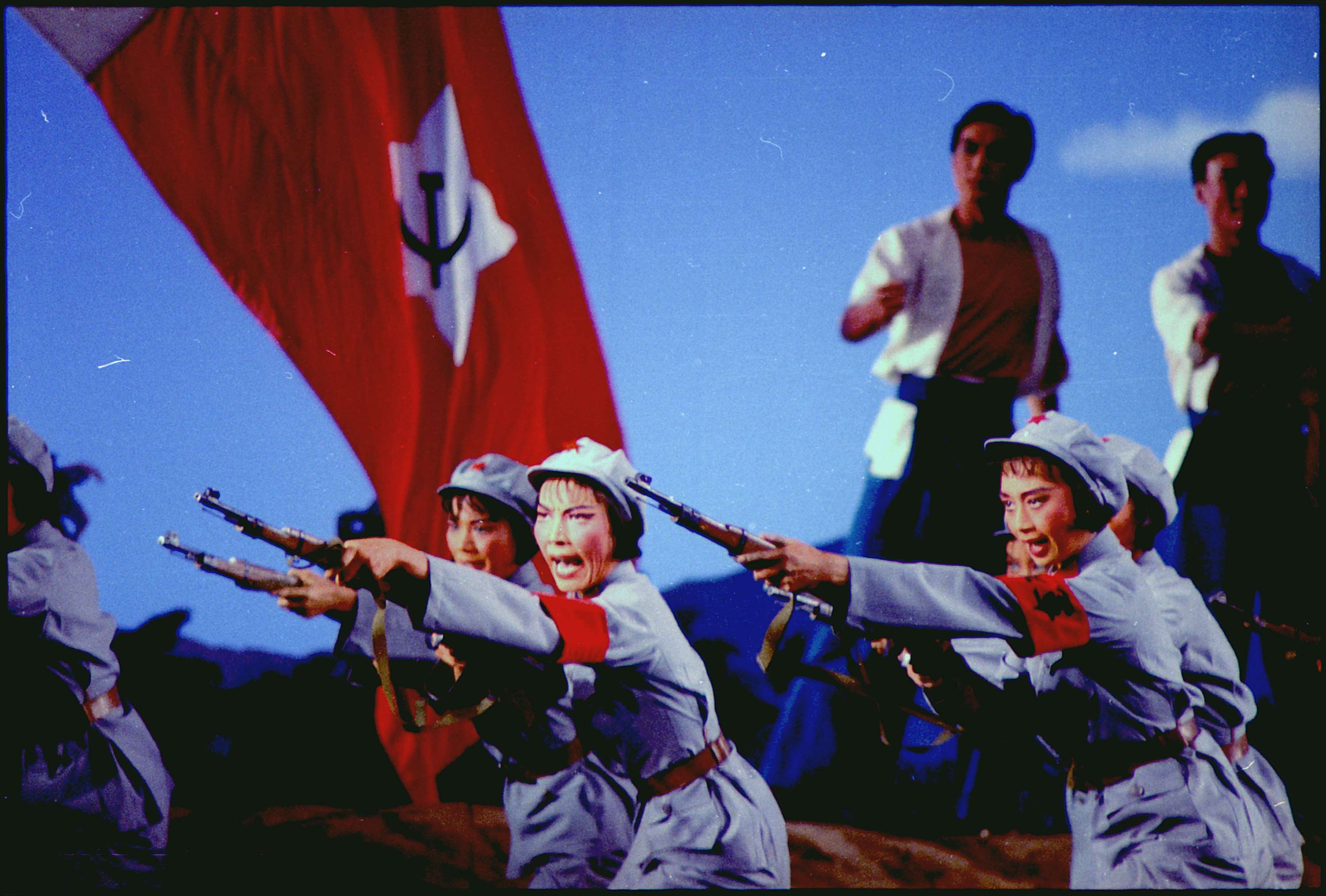
Scene from a ballet at the Great Hall of the People in Peking (Beijing) in which President and First Lady Nixon were in attendance.
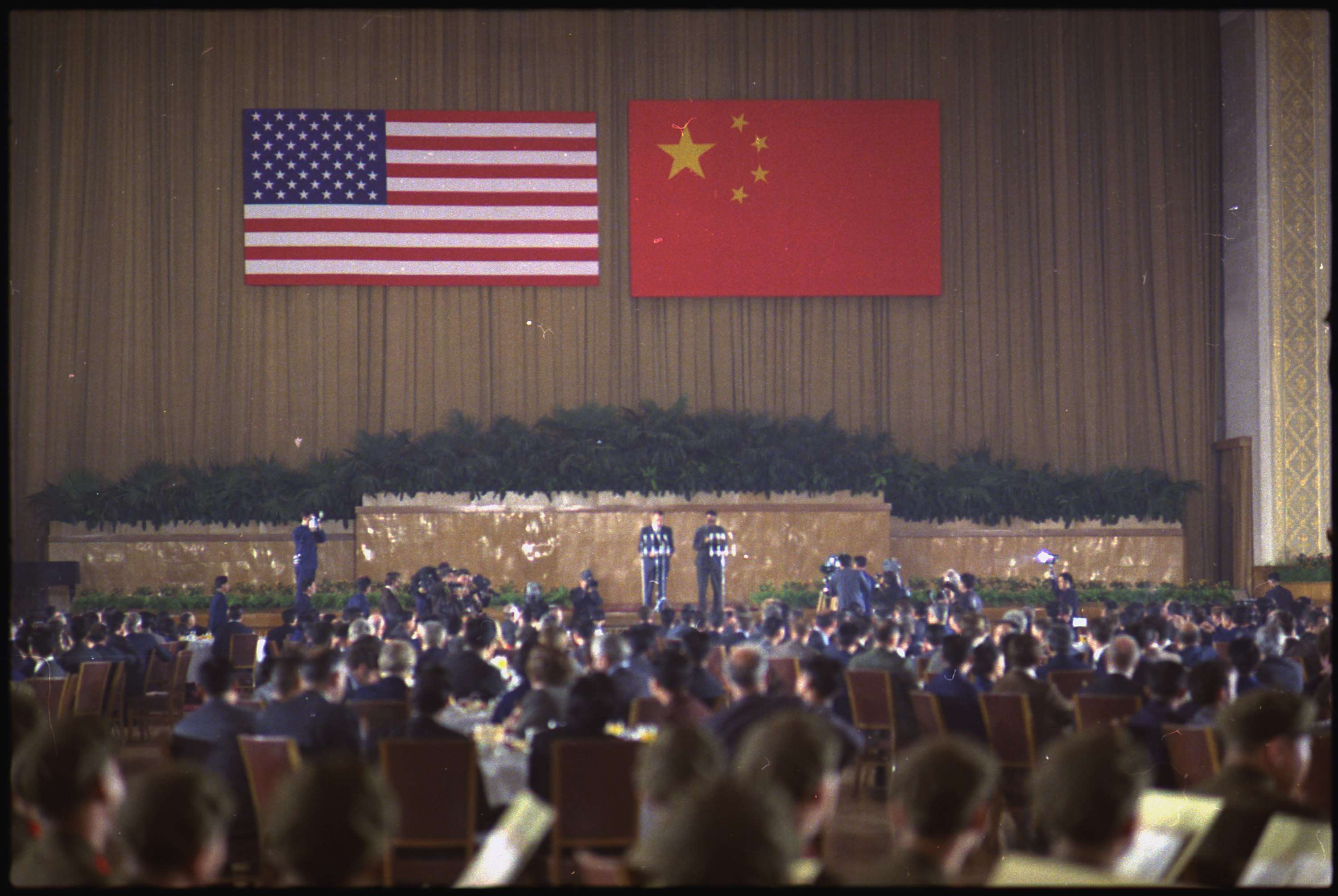
Nixon and Premier Zhou Enlai speaking at a banquet. 2/21/1972
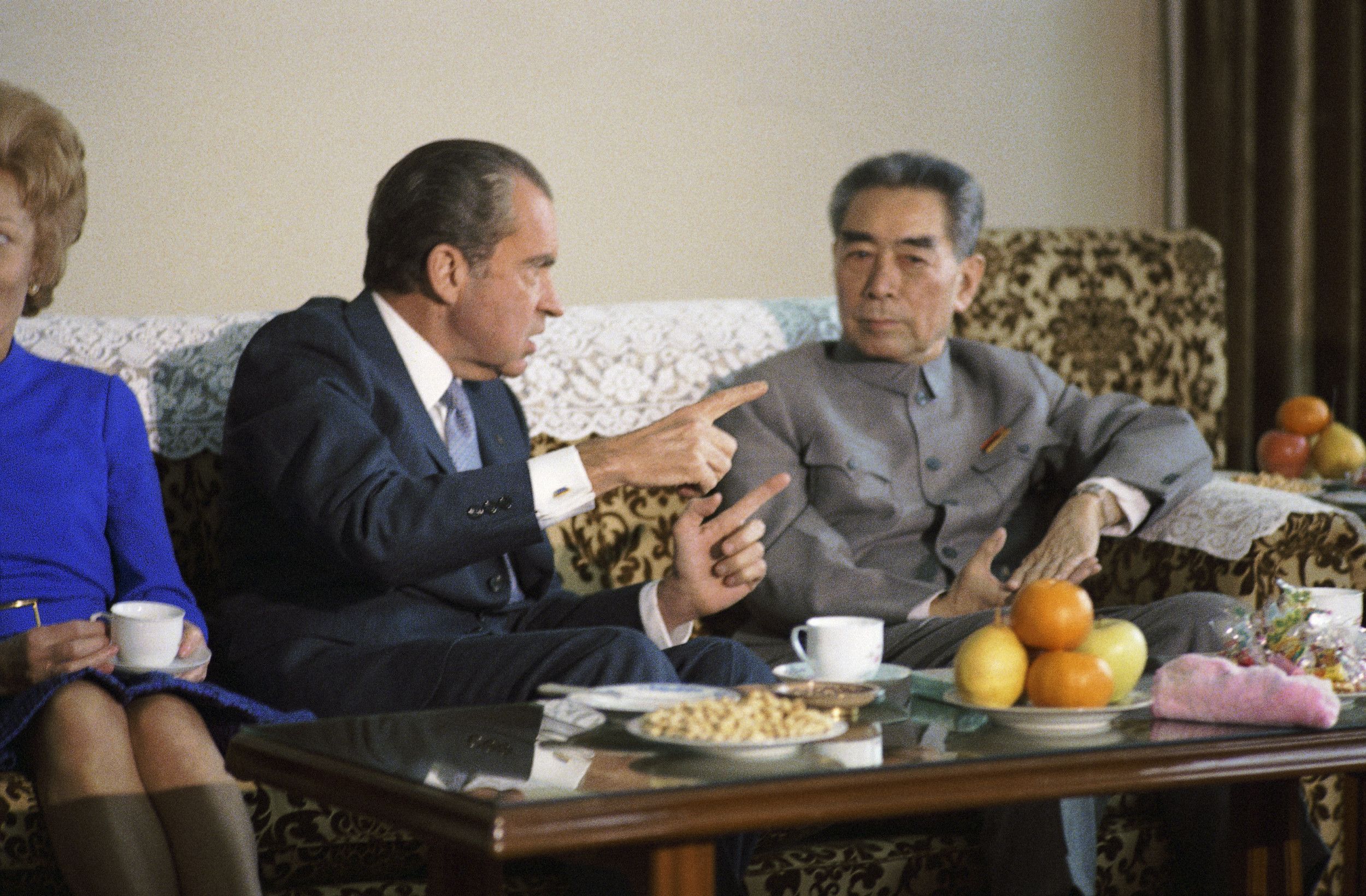
Nixon and Premier Zhou Enlai speaking at a banquet. 2/21/1972
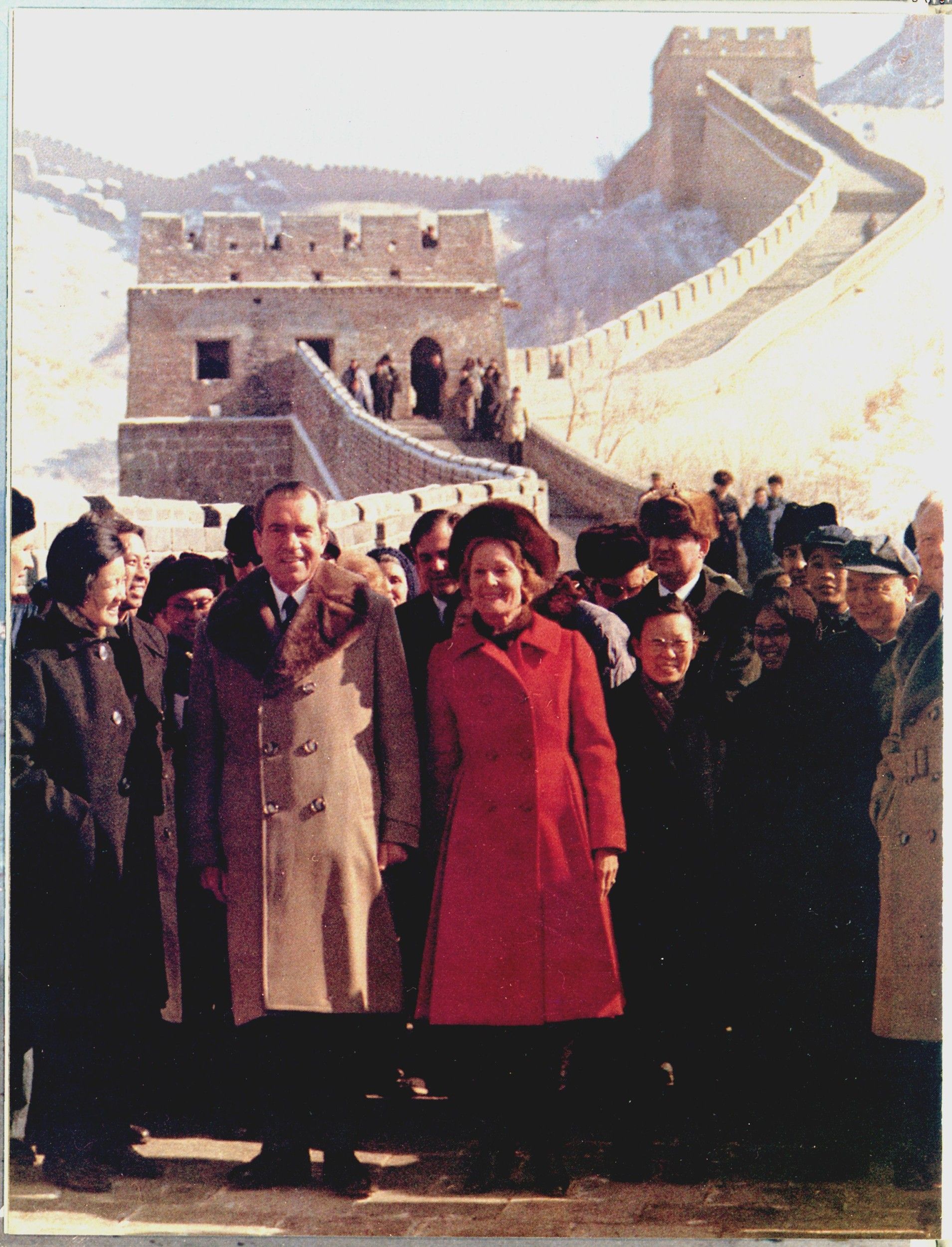
President and First Lady Nixon visit the Great Wall of China and the Ming tombs on 2/24/1972.
 The Nixons attend a ping-pong exhibition in Beijing. 2/23/72. "Ping-pong diplomacy" refers to the exchange of table tennis players between the U.S. and China in the early 1970s that thawed diplomatic relations between the two countries.
The Nixons attend a ping-pong exhibition in Beijing. 2/23/72. "Ping-pong diplomacy" refers to the exchange of table tennis players between the U.S. and China in the early 1970s that thawed diplomatic relations between the two countries.








